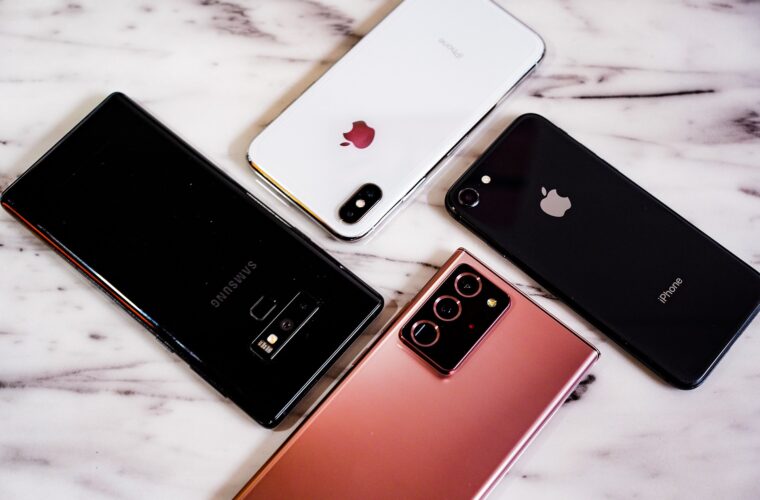The virtual, augmented, and mixed reality (XR) world seems to be at a crossroads. Despite the initial enthusiasm and promises of revolutionary immersive experiences, the adoption of VR, AR, and MR headsets is struggling to take off, especially in the consumer market. At first glance, video games and content are the ideal sectors for applying extended reality. The idea of fully immersing yourself in virtual worlds or interacting with digital elements superimposed on reality has undeniable appeal. Yet the reality is quite different from expectations.
While in the professional field, there is a slow but constant adoption of XR viewers in sectors such as medicine, field assistance, and the development of the metaverse, the situation is more complex in the entertainment market. Consumers seem to hesitate, held back by several factors: high costs, lack of truly innovative content, ergonomics and comfort issues, and perhaps even a certain distrust of technologies that, however fascinating, can still be alienating.
PlayStation VR2: an emblematic case
PlayStation VR2 represents an emblematic example of the difficulties of the XR market. Launched by Sony just over a year ago, the headset enjoyed a promising start, thanks to a respectable game library and the anticipation generated by the success of its predecessor. However, after a few months, the enthusiasm seems to have died down. The causes of this failure are many. First, the high price (around 600 euros) represented a barrier to entry for many consumers. Furthermore, the wired design, limited compatibility with PS5, and lack of backward compatibility with games for PlayStation VR further limited its appeal. Finally, poor software support and the lack of truly innovative titles have contributed to cooling public interest.
The results show that less than 1.7 million headsets shipped compared to around 60 million PS5 consoles sold. Stocks are piling up in Sony’s warehouses, and the few games that are coming out don’t seem to be able to reverse the trend.

Apple Vision Pro: between expectations and reality
Even Apple Vision Pro, the luxury hybrid headset launched by Apple at $3,500, has fallen short of expectations. Despite the undeniable technological innovation and elegant design, the high price and lack of “killer” applications have limited its spread. Sales forecasts have been lowered due to the small number of applications available, the few interesting use cases, and the decline in reservations for testing in Apple Stores. Furthermore, Apple’s marketing strategy, which has always promoted Vision Pro as a product for work and a virtual replacement for the big screen for home cinema, has not convinced the public.
So, the extended reality market is at a standstill. Both Sony and Apple, two giants in the technology sector, are struggling to conquer the consumer market. New ideas, innovative applications, and more affordable prices are needed to boost this technology. Perhaps the key to success lies in developing truly immersive and engaging experiences that go beyond simply enjoying video content or gaming entertainment. Extended reality has the potential to revolutionise sectors such as education, training, medicine, and tourism, but to do so it is necessary to overcome the current technological and market barriers. Only time will tell if virtual, augmented and mixed reality will be able to keep its promises and become a mainstream technology.
Mind you, it’s not that VR/AR/MR visors and games are going to disappear overnight, but considering that it’s now 11 years since the release of the Oculus Rift DK1 and that a little bit of all the big tech has tried to establish itself in this sector between Microsoft, HP, Dell, Google, Nintendo, and Samsung, the expectations for a mature and widespread AR/VR market are not materialising even in late 2024, and things are unlikely to change in the immediate future.



